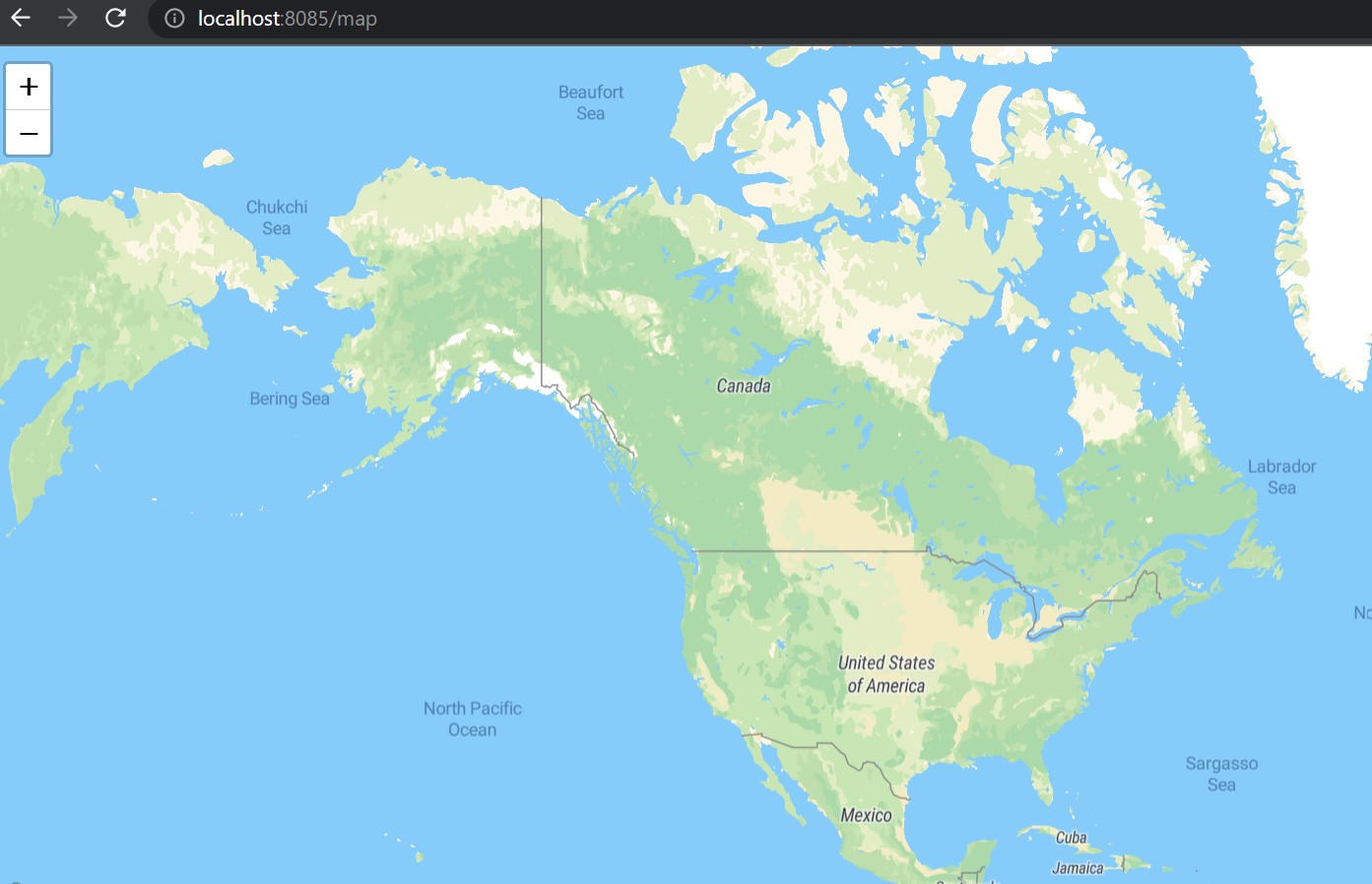Java Backend API
i have been successfully frustrated
Crime News API

Map API

How I created a table in Java backend using an API
This took me a whole day to figure out.
Learning about APIs is still an ongoing process for me, so below, I’ll document the things that I learned about APIs and what I picked up while coding.
The code that I started with was what I took from the RapidAPI website. I then used some code to parse the JSON response. This was the place that messed me up for a long time, as I kept receiving errors in my code. After hours of googling, I finally found the answer, and that fixed things up.
However, the most important things I learned was:
- The API calling process in Java
- Thymeleaf
API calling process in Java
First, an HTTP client needs to be created with HttpClient. Next, a request using HttpRequest is created to send a request to the HTTP client. Within the request, the type of request (GET), URI, and headers are specified. Putting it all together is build(). Then use the client to send back the HTTP request.
Thymeleaf
After receiving the JSON data, an issue that I ran into was to output the data into a table format on the frontend of Spring boot. I took a look at some of the programs already present in the spring portfolio, such as greet.html, knowing that it would have to convert backend data to frontend. Within the program, I noticed an interesting snippet of code which was ${name}. Googling the syntax lead me to learn about Thymeleaf, which is a Java template engine. This was really cool, because Thymeleaf changes Java data into HTML (which can actually be shown on a webpage). I’ll probably bore you with the details later when I update this blog further, but for now, you are spared :) Anyways, a simple Youtube search of “what is Thymeleaf” gave me an introduction of how to use this template language. The thing that was super useful that I learned from the video was that Thymeleaf uses th:each to iterate over arrays and lists. This allowed me to print the JSON data, which consisted of objects, into a table format.
Misc
Benefits of using API include that it helps simplify the process between how the user interacts with the application and what data the application an receive from the server.
The benefits of backend implementation is that it allows for more control. For instance, the API access can be limited